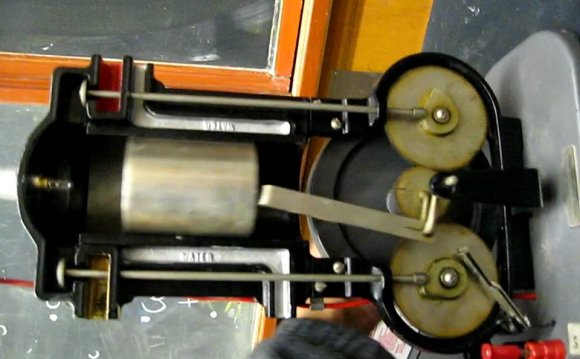
The fastest speed will be after 90°ATDC on the power stroke of a single cylinder 4 stroke engine. 90°ATDC is where the combustion gas has the most leverage, but not the most instantaneous angular velocity.
An engine will always have a deceleration rate when there is no fuel. That deceleration rate is still present for the 3 phases of a full combustion cycle which are not adding power. The combustion phase has to accelerate the engine during that 1/4 of the cycle at least as much as the deceleration rate of the rest of the cycle to maintain constant speed. Since the deceleration rate is always dependent on load, the acceleration rate of the cylinder during the combustion phase will vary based on that load. I'll put this thought in a formula:
ΔS(rpm) = A_combustion(rpm/s) - D_friction(rpm/s) - D_pumping(rpm/s) - D_load(rpm/s)
Where ΔS is the change in engine speed over one OTTO cycle, A_combustion is the acceleration which occurs during the power stroke, D_friction is the deceleration due to friction, D_pumping is the deceleration due to pumping work which is needed to evacuate and recharge the cylinder (this is semi variable with load), and D_load is the deceleration due to load on the engine. In order to leave out inertia we must assume that ΔS is zero, but this still works for our purposes today.
Now, lets look at two cases to see what happens with changes in D_load. One is a full load situation. In order for the piston to accelerate during the combustion phase, the cylinder pressure in the chamber must be higher than the pressure in the crank case. During high loads there pressure in the combustion chamber at 90°ATDC will be much higher than the pressure in the crankcase which means that the crankshaft will still be accelerating past 90°ATDC until 180°ATDC. The rate of acceleration will be slower as the pressure lowers with expansion and heat loss, but the crankshaft will still be accelerating.
During low loads the fastest point of the crankshaft may be a bit before 180°ATDC because the rate of acceleration during the first portion of the combustion phase may be high enough to overcome the deceleration forces against the engine, which means that the deceleration forces of load and friction overcome the acceleration forces towards the bottom of the combustion stroke.
In summary, the crankshaft angle with the highest angular velocity is dependent on engine load. Under lower loads the highest angular velocity will be earlier due to lower acceleration needs while under high loads the highest angular velocity will approach 180°ATDC.
RELATED VIDEO
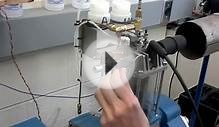
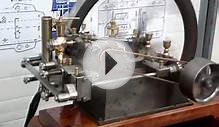
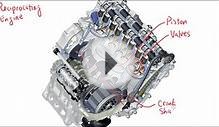

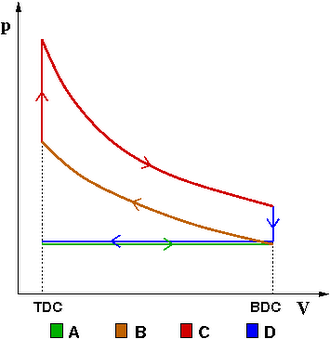 An Otto cycle is an idealized thermodynamic cycle which describes the functioning of a typical spark ignition reciprocating piston engine, the thermodynamic cycle most commonly found in automobile engines.
An Otto cycle is an idealized thermodynamic cycle which describes the functioning of a typical spark ignition reciprocating piston engine, the thermodynamic cycle most commonly found in automobile engines.







